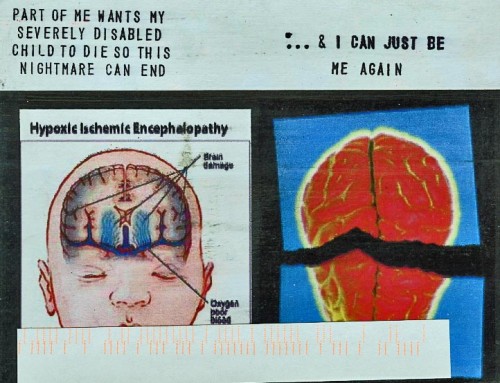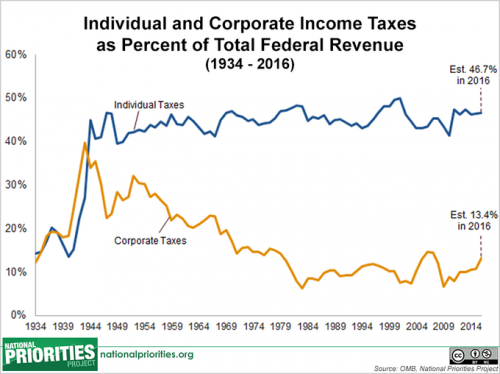Flashback Friday.
In her fantastic book, Talk of Love (2001), Ann Swidler investigates how people use cultural narratives to make sense of their marriages.
She describes the “romantic” version of love with which we are all familiar. In this model, two people fall deeply in love at first sight and live forever and ever in bliss . We can see this model of love in movies, books, and advertisements:

She finds that, in describing their own marriages, most people reject a romantic model of love out-of-hand.
Instead, people tended to articulate a “practical” model of love. Maintaining love in marriage, they said requires trust, honesty, respect, self-discipline, and, above all, hard work. This model manifests in the therapeutic and religious self-help industry and its celebrity manifestations:

But even though most people favored a practical model of love in Swidler’s interviews, even the most resolute realist would occasionally fall back on idealist versions of love. In that sense, most people would articulate contradictory beliefs. Why?
Swidler noticed that people would draw on the different models when asked different kinds of questions. When she would ask them “How do you keep love alive from day to day?” they would respond with a practical answer. When she asked them “Why do you stay married?” or “Why did you get married?” they would respond with a romantic answer.
So, even though most people said that they didn’t believe in the ideal model, they would invoke it. They did so when talking about the institution of marriage (the why), but not when talking about the relationship they nurtured inside of that institution (the how).
Swidler concludes that the ideal model of love persists as a cultural trope because marriage, as an institution, requires it. For example, while people may not believe that there is such a thing as “the one,” marriage laws are written such that you must marry “one.” She explains:
One is either married or not; one cannot be married to more than one person at a time; marrying someone is a fateful, sometimes life-transforming choice; and despite divorce, marriages are still meant to last (p. 117-118).
That “one,” over time, becomes “the one” you married. “The social organization of marriage makes the mythic image true experientially…” (p. 118, my emphasis).
If a person is going to get married at all, they must have some sort of cultural logic that allows them to choose one person. Swidler writes:
In order to marry, individuals must develop certain cultural, psychological, and even cognitive equipment. They must be prepared to feel, or at least convince others that they feel, that one other person is the unique right ‘one.’ They must be prepared to recognize the ‘right person’ when that person comes along.
The idea of romantic love does this for us. It is functional given the way that contemporary institutions structure love relationships. And, that, Swidler says, is why it persists:
The culture of [romantic] love flourishes in the gap between the expectation of enduring relationships and the free, individual choice upon which marriage depends… Only if there really is something like love can our relationships be both voluntary and enduring (p. 156-157).
Presumably if marriage laws didn’t exist, or were different, the romantic model of love would disappear because it would no longer be useful.
The culture of love would die out, lose its plausibility, not if marriages did not last (they don’t) but if people stopped trying to form and sustain lasting marriages (p. 158).
Even when individuals consciously disbelieve dominant myths [of romantic love], they find themselves engaged with the very myths whose truths they reject—because the institutional dilemmas those myths capture are their dilemmas as well (p. 176).
Cultural tropes, then, don’t persist because we (or some of us) are duped by movies and advertisements, they persist because we need them.
Originally posted in 2010.
Lisa Wade, PhD is an Associate Professor at Tulane University. She is the author of American Hookup, a book about college sexual culture; a textbook about gender; and a forthcoming introductory text: Terrible Magnificent Sociology. You can follow her on Twitter and Instagram.






